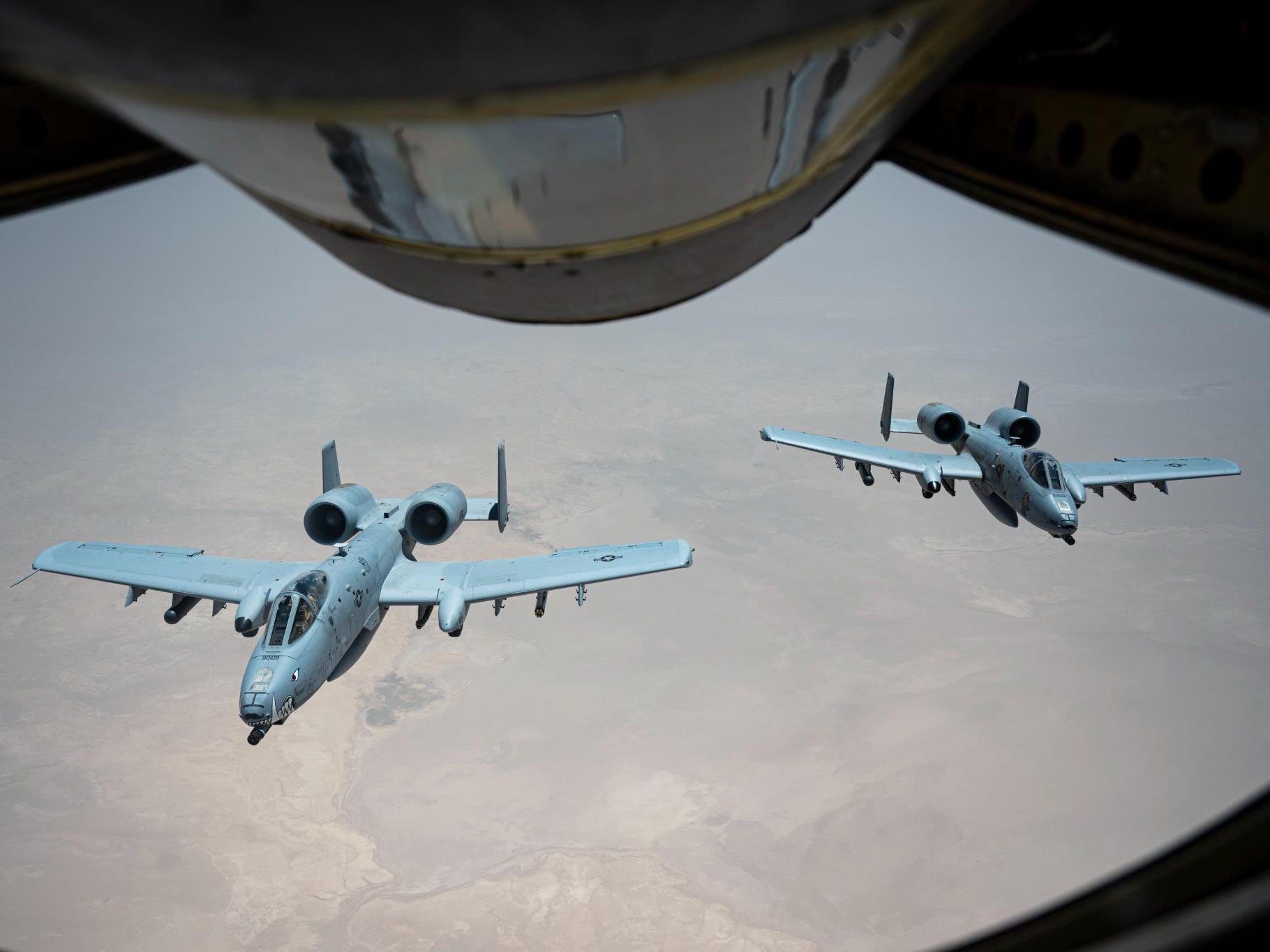Modern global conflicts necessitate a fundamental re-evaluation of military readiness, moving beyond strategies honed in two decades of sustained, lower-intensity engagements. Contemporary security challenges demand a new paradigm for preparing personnel and doctrine for the next era of strategic competition.
The nature of advanced warfare starkly contrasts with previous counter-insurgency operations, presenting far greater intensity and diverse threats. This new reality requires armed forces to train for high-level confrontations, not merely localized skirmishes, focusing on capabilities relevant to near-peer adversaries.
Expert analysis suggests a return to principles reminiscent of historical major power confrontations. This includes preparing for sophisticated weapon systems and robust defenses, a marked departure from environments where one side held overwhelming technological dominance and easily established air superiority.
Gaining and maintaining air superiority is paramount in advanced conflicts, particularly through the neutralization of sophisticated enemy air defense networks. Unlike past engagements, unrestricted aerial operations are no longer a given, presenting complex challenges for military planners and requiring adaptive defense strategy.
The prevalence of advanced anti-access/area denial capabilities significantly limits close-air support, forcing operations to occur from standoff ranges. This profoundly impacts ground maneuver and necessitates innovative tactical solutions for units operating in such dynamic combat environments.
Lessons learned extend beyond strategic command, emphasizing the importance of agility, constant mobility, and effective concealment at the unit level. Troops must be trained to avoid static positions and minimize their profile, as any exposure can become a critical vulnerability in high-intensity combat training.
Continuous innovation, especially in areas like unmanned systems and electronic warfare, is reshaping the modern battlefield. Military forces must prioritize rapid adaptation and strategic foresight to counter evolving threats and maintain a competitive edge in future high-stakes global security engagements.






Leave a Reply